As a tea lover, you have probably heard of different types of tea, especially the popular ones like black tea or green tea. For the advanced tea enthusiasts, it seems to be quite basic to know that there are 6 tea categories: green tea, white tea, yellow tea, oolong tea, black tea, dark tea. But what do these tea categories really mean? What differentiates them from each other?
The six tea categories/types are used to describe and organize different teas that share one similarity – the process used to create them. Despite the cultivar, the terroir and other aspects, as long as the tea is made with the black tea process, the tea is a black tea. If the tea is made using the green tea process, it’s a green tea. The tea category is never related to the leaf or liquor color or any attribute other than the process used to create it. This is how a black tea version of Long Jing (Dragon Well) or white tea version of Pu’er (Puerh) can exist. These six tea categories we know today were gradually developed during Ming/Qing Dynasties (14th to early 20th centuries) and are now widely used worldwide to help categorize teas.

It’s helpful to remember the tea types in the order: green, white, yellow, oolong, black, and dark tea, because they are nicely line up from the least oxidized to the most oxidized. Green tea refers to a type of tea that doesn’t go through any oxidation process, conversely, heat is used during the “kill green” process to flash kill the enzymes, bacteria and whatnot, preventing any oxidation from occurring. White tea is the least processed tea. It can be simply understood as plucked and dried. Because white tea uses sun drying traditionally, there is slow and slight oxidation as the leaves are drying, hence it is more oxidized than green tea. Yellow tea is also a lightly oxidized tea. Though often compared with green tea, yellow tea has a special process called yellowing which actually encourages a small amount of oxidation in the leaves. The tricky part of this is to ensure the leaves oxidize evenly and to halt the oxidization at the right time. Regardless of the type of tea, they all require an extreme level of detail and precision to produce a fine cup of tea, from white tea with its relatively simple process to oolong tea, a partially oxidized tea, which has a long and complicated process. Shaking is a long and controlled step during the processing of oolong that encourages oxidation. The speed and the level of the oxidation during this step has an acute effect on the final tea quality. Black tea is known as a fully oxidized tea. It is one of the most popular tea in the world. Though it’s the most familiar tea for many people, producing a cup of good black tea is no easy job. Finding the sweet spot when the leaves are fully oxidized but not overdone is the key to the final tea’s aroma and mouthfeel. Last but not the least is dark tea. One of the most famous tea of this category is Pu’er. Dark teas go through a post fermentation process where heat and moisture are added to encourage the microbial activities in the leaves.
Why does the tea categories matter to tea lovers? Besides being an important part of tea knowledge, for Chinese teas, it also serves as a general tasting profile guide. Though people usually talk about terroir, origin and cultivar, process is what primarily decides the taste of the tea. Ninety percent of what you taste from the tea comes from the process! For example, Sheng and Shu Pu’er, same cultivar, same region, and just one more step, the tastes of the two are widely different.
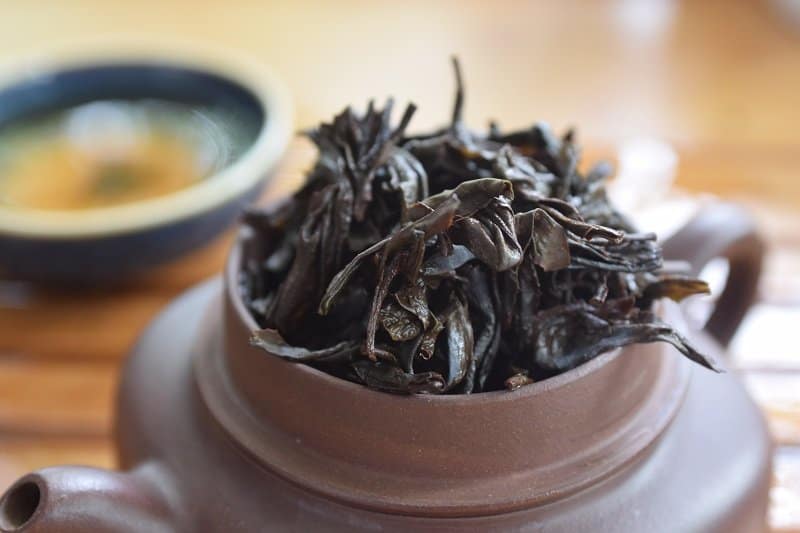
In Chinese, we call the six categories the “six major categories”, and yes, there are minor categories such as compressed tea, e.g. caked Sheng Pu’er, Qian Liang Cha, etc. Jasmine green teas like Dragon Pearl are considered scented and blended tea (花茶 – hua cha). Do these tea categories summarize all the teas in the world? I don’t think so. Tea is an ever developing industry. There always are new cultivars, new terriors, new ways of making tea and more! As many other parts of the world are branching out from their traditional black tea making, a lot of the teas can’t be categorized using the six major tea types, though they are often labelled as such for simplicity. Rather than focusing on which category a tea is in or should be in, it’s good to be open-minded and use your tasting knowledge to discern how the tea was processed. In many cases, the novel teas from other parts of the world don’t technically belong to any Chinese tea category, but your understanding of how each Chinese category tastes can tell you a lot about how any tea was processed. Happy sipping!
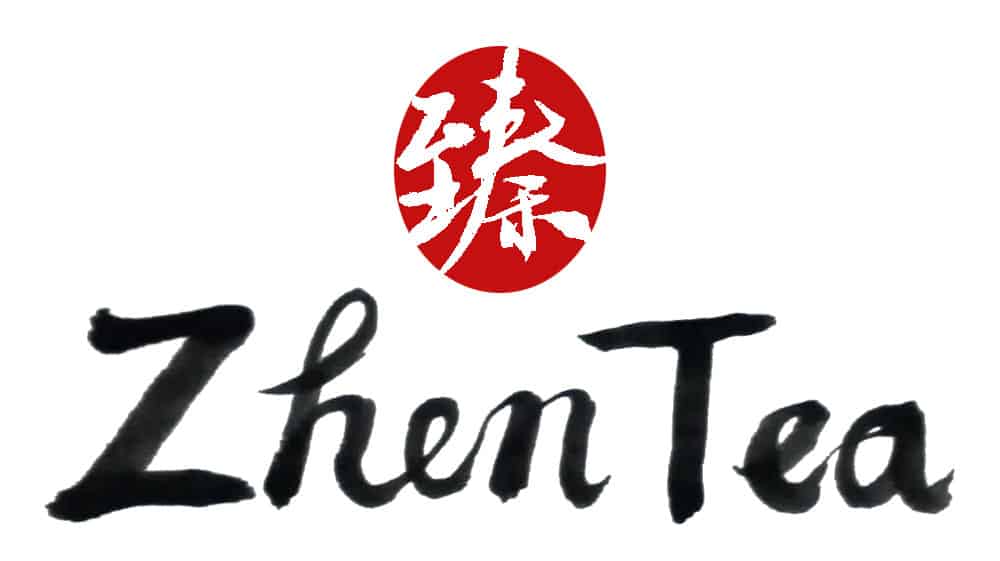


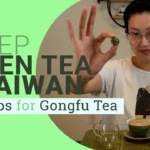
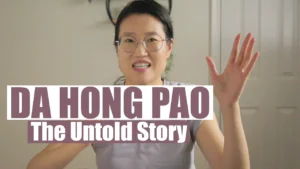

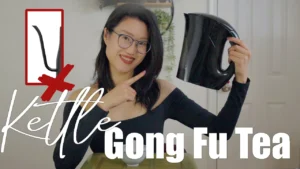

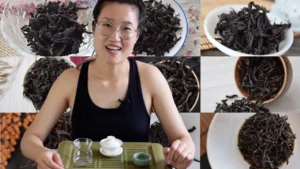
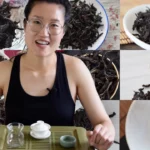
A great little introduction into the different types of tea. I enjoyed watching! Thank you
Hi Amanda!
Thanks for watching, we’re glad you enjoyed it!
Happy Sipping,
Phil & Zhen
Great article. Concise and informative. Very well written. Thank you!
Hi Ryan,
Thanks for that! We’re glad you enjoyed it and if you ever have any questions about Chinese Tea, you know where to find us!
Happy Sipping!
Hi David,
I’m glad you found it useful. Feel free to reach out of you have any questions.
Cheers,
Phil